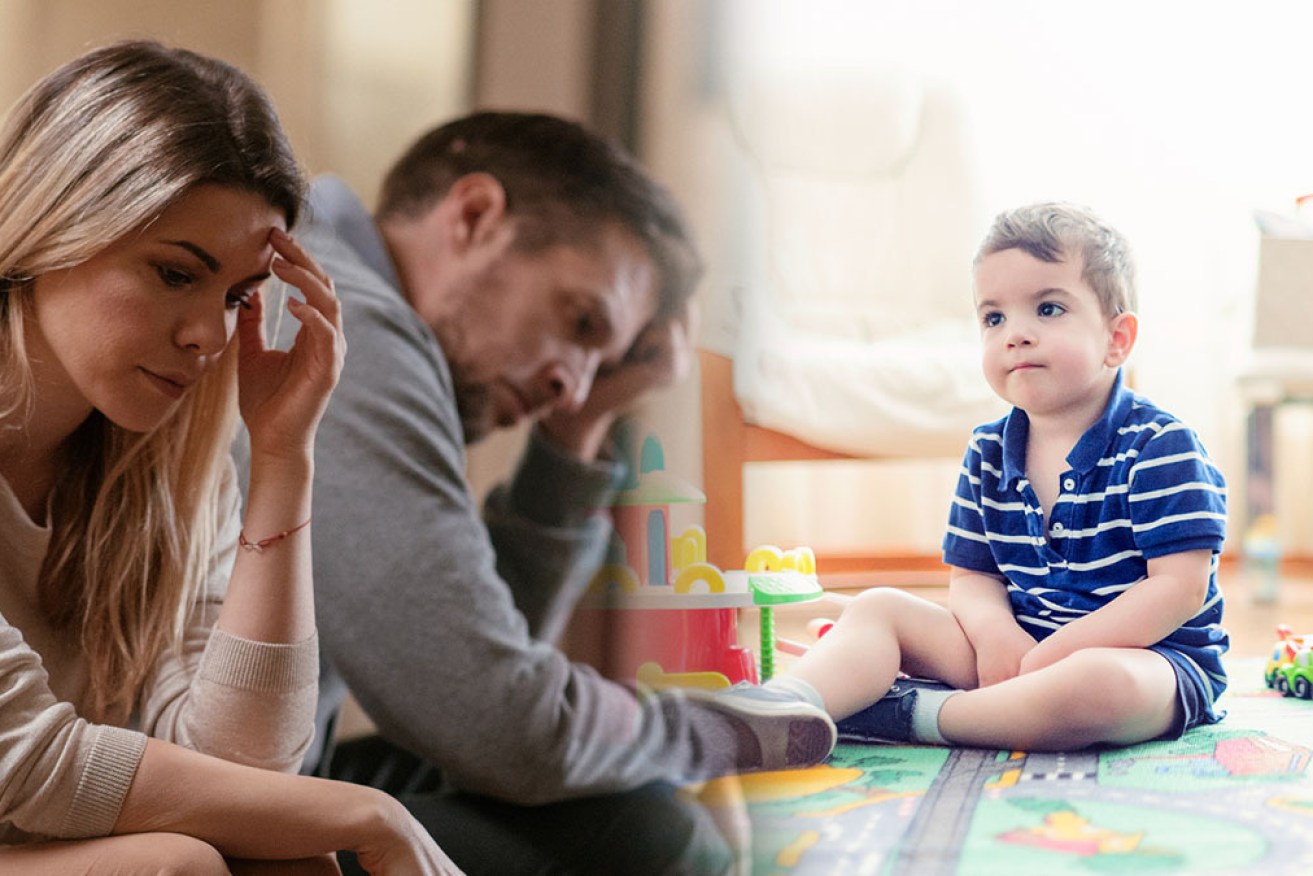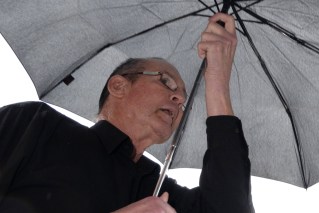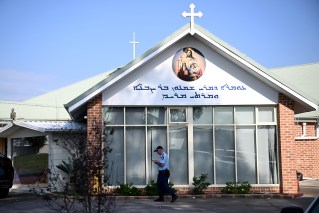Families forced to make tough child care decisions. Some won’t have a choice


Stopping free child care will result in more women out of the workforce, advocates warn. Photo: TND
Australian mothers will soon have to choose between work and their children, advocates say, as the federal government’s decision to reintroduce child care fees will force a “mass exit” of employed women.
In a surprise move, the government announced it would end the free child care package on July 13, and remove the JobKeeper wage subsidy for childcare employees – the majority of which are women.
Instead, there will be a $708 million transition package.
The cost of child care will force thousands of families who have lost income due to the coronavirus pandemic to look at other options, including one parent leaving the workforce, industry advocates warn.
And it’s more than likely to be a woman than a man, according to The Parenthood campaign director Georgie Dent.
“We know that because we surveyed them and of the families that said they would have to reduce the days children attended child care, nearly two-thirds of those families said it would be the woman,” Ms Dent said.

Education Minister Dan Tehan said the package did its job by boosting demand. Photo: AAP
The national survey of 2200 families found among parents who have lost income, 63 per cent will be forced to reduce days or remove their children from child care altogether when fees go back to normal.
For families who will reduce the number of days children are in care, 60 per cent will have at least one parent reduce working hours.
Ms Dent said this may create a “mass exit of women” from the workforce.
“Unemployment is enough of an issue as it is, without any other Australian who is fortunate enough to still be employed being forced to step back or out of work altogether because they cannot afford to pay for the care and education their children need,” Ms Dent said.
Mel, who did not want her surname to be used, is a single mum with two children in child care who just moved back to Australia after living in the UK for 20 years.
She said she would need to earn more than $100,000 to send her two children to child care, which made working almost “pointless”.
Tweet from @ak_pennington
Once she factored in an estimated rent between $500 and $600 a week plus bills, the cost of childcare bills would make working unassailable.
“I’ve realised in order for me to go back to work I would need to earn $7000 a month,” Mel said.
“It’s not affordable.”
Mel has more than 20 years experience in IT, but she said even the highest-paid jobs in her industry wouldn’t make it worth it.
“At the moment it seems like with free child care ending, there’s just no point me going back to work,” she said.
“I’ve worked all my life. For me not to work, that’s not what I want to be doing.
“But I cannot afford to go back and I am desperate.”
The nation’s largest childcare operator, Goodstart Early Learning, said half of its nearly 60,000 families have had their income slashed since February.
But some providers are happy, saying the scheme worked in encouraging families to put their children into child care, and now they need to be able to cover the costs.
“It definitely encouraged families to return to child care,” said director of City Kids Early Learning Centre in Melbourne, Jo Debono.
“Previous to that we had a large number of families cancel care. As time progressed they found that having that free child care was an incentive to bring them back, and focus on their work.
“We’ve had to put more casual staff on who aren’t eligible for JobKeeper. When you’re operating with full numbers, it becomes too costly.

For parents, subsidised fees will return on July 13. Photo: Getty
“It was never going to be a model that saw the industry financially benefit from it. We were able to survive … it did its job and it did help.”
She said it was hard to know how many families they might lose in the coming weeks.
“I’m surprised they didn’t offer more of a childcare subsidy for families. I thought that may have been the next step as opposed to just going back to how it was,” Ms Debono said.
Early Childhood Australia chief executive Samantha Page said the announcement caught them off guard and was a “risky” policy change.
“It feels like the government’s listening to a small number of providers and not the full diversity of everyone who is affected,” Ms Page said.
“I don’t think there’s been enough consultation with families or consideration with the full impacts.
“We don’t know how many people can still afford to pay the fees.”
She said they were concerned this would create a barrier for women to re-enter the workforce after COVID-19.
“The reality is often it is women who are impacted the most and can’t access child care or afford it,” Ms Page said.
“They’re often the lower-earning parent. A lot of women have been impacted by the coronavirus, especially those working in the hospitality and retail industries.
“They might be getting back to work, but have fewer hours.
“The cost of child care might mean it doesn’t make sense for them to go back to work.”








